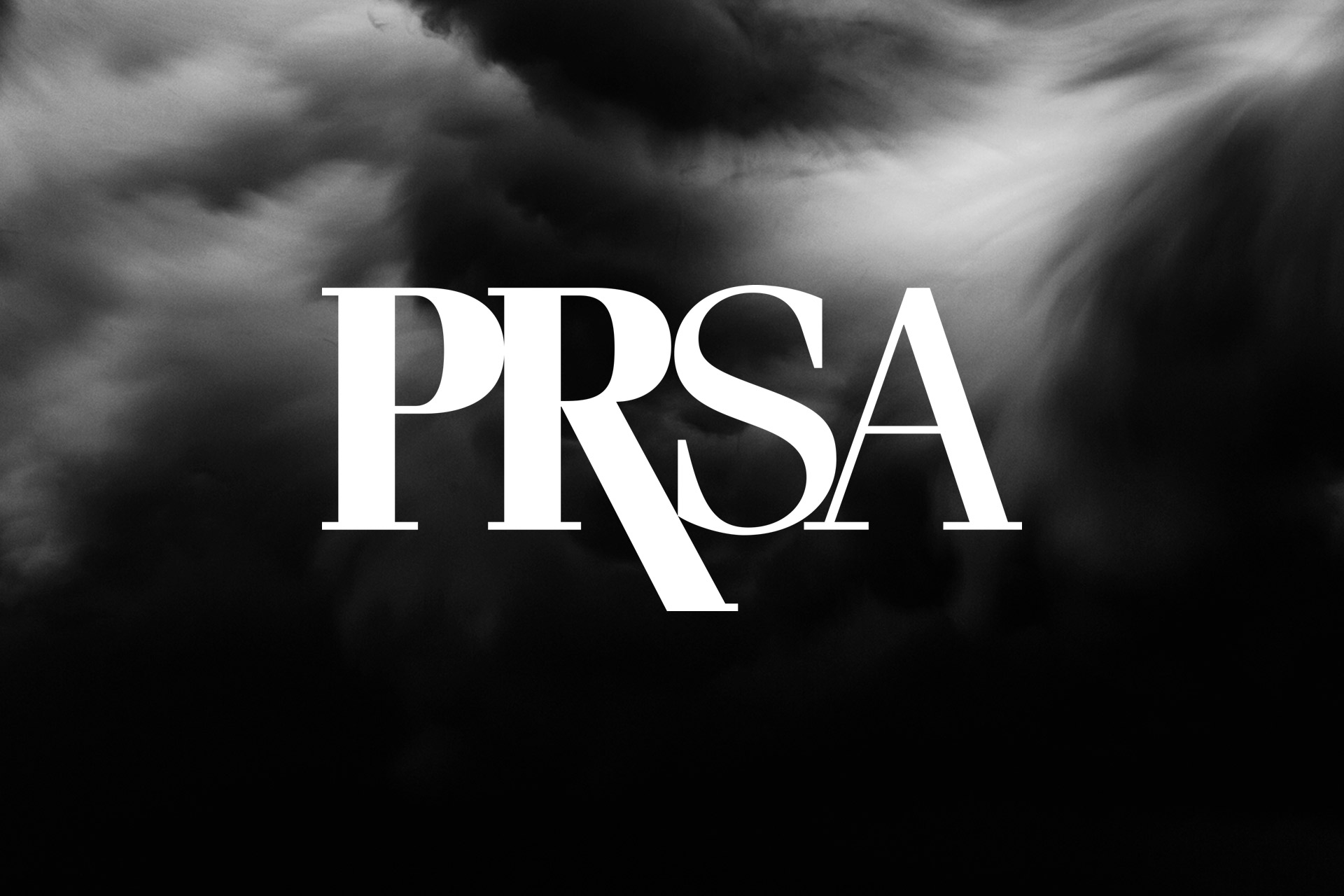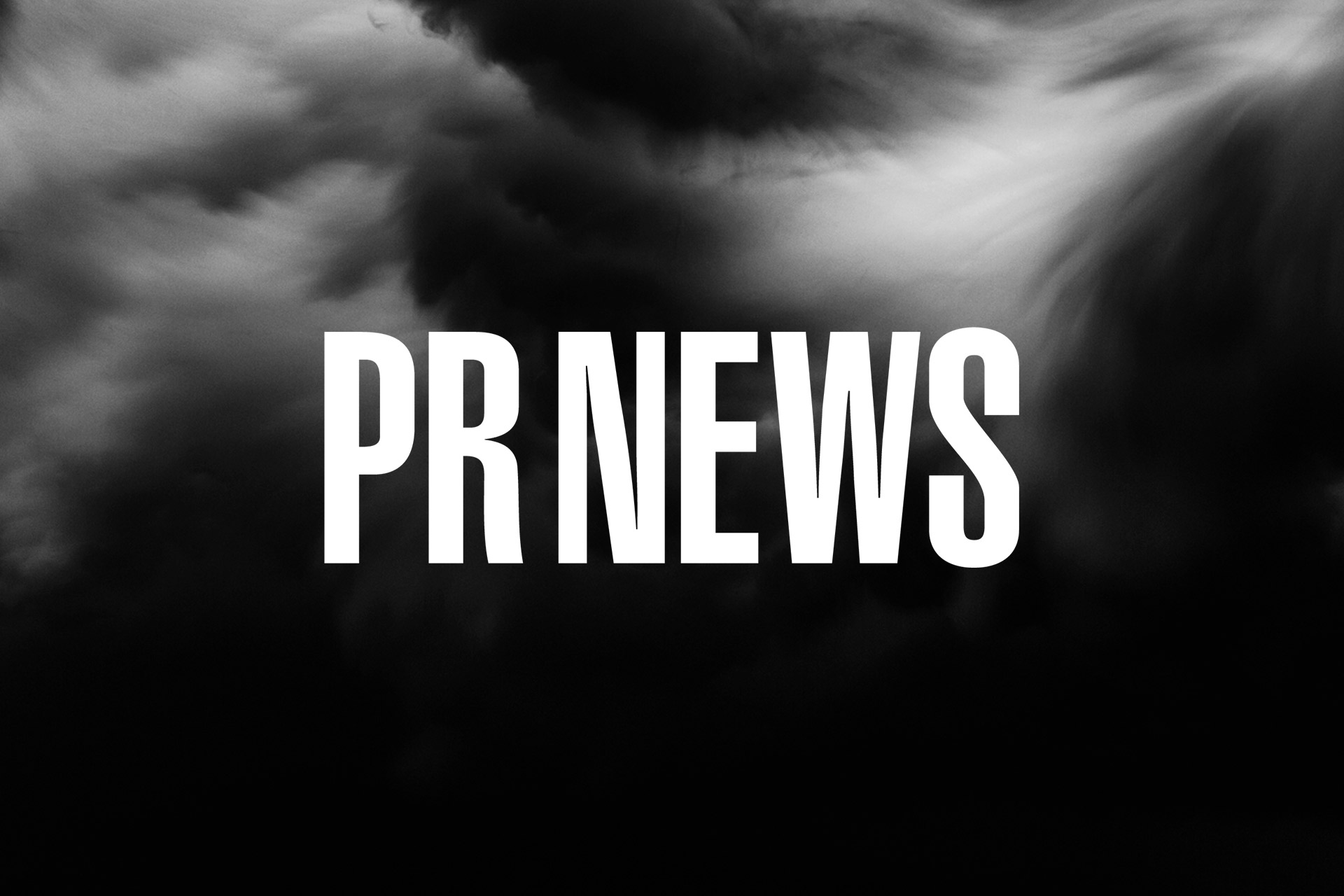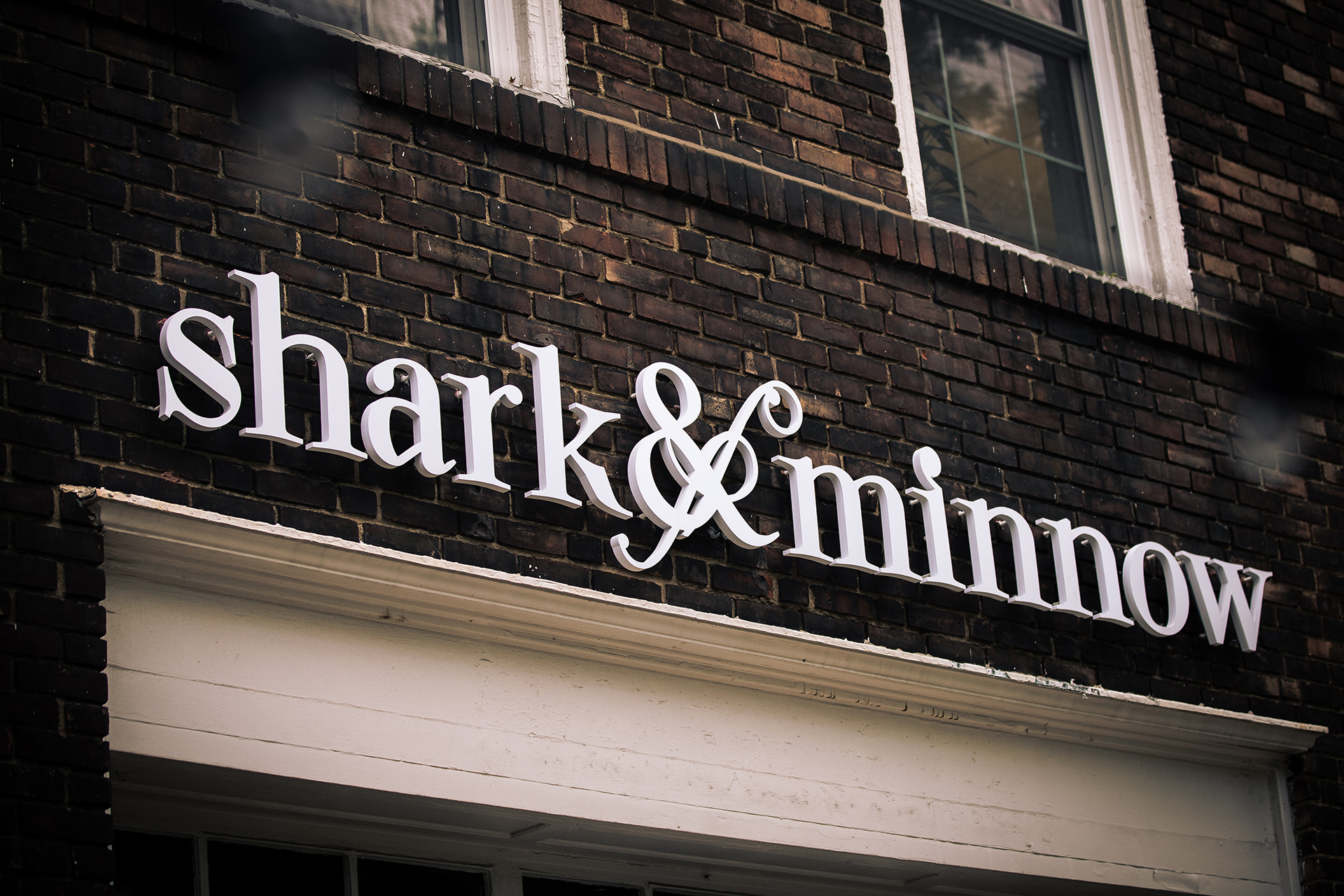5 Innovations to Watch for in 2012
The great David Ogilvy once said, “I notice increasing reluctance on the part of marketing executives to use judgment; they are coming to rely too much on research, and they use it as a drunkard uses a lamp post for support, rather than for illumination.” Those words from the great David Ogilvy are as true today as they were then.
Market research professionals, firms and organizations from IBM to Forrester Research are projecting the next trend in market research to be “making the transformation from research to insight.” If you ask me, that’s what market research has always been. An effective market researcher should be able to plan, conduct, analyze, and report actionable market insights and solutions to clients.
If you can’t do that, you’re probably just sharing stats that you found on eMarketer. I’m not discrediting eMarketer, which is an excellent research provider, but I see many advertising and marketing professionals searching for and relying too much on the latest stat or trend instead of taking that data point and translating it to something of value. Does that trend even make sense for your client’s unique situation? Or are you simply trying to impress them? This is not a problem with the research provider, but the researcher himself.
Instead of projecting the next trend in market research to be “making the transformation from research to insight,” which should already be innately infused into the mantra of the market researcher, I project the future of market research to be the convergence, or mash-up, of emerging technologies and lateral creative thinking across industries with the discipline of market research.
We are all living in a perpetual state of beta. We all have the ability at any time, to analyze our past and present to optimize for the future. And for market researchers, now is the perfect time to seize the opportunity to innovate the industry in ways George Gallup could have never imagined. So borrow from other competitors, borrow from other industries, borrow from culture – use lateral creative thinking to expand your potential and create new methodologies to reveal new insights and solutions. Below are five examples of this approach, which will continue to grow, especially in 2012.
Mash-up: Neuromarketing
Lateral Thinking: The Convergence of Neuroscience & Market Research
What is it? How does it work?
- It has been a goal of market research professionals to better understand motivations and behaviors for years. We are always asking ourselves why someone behaves the way they do. There are traditional quantitative and qualitative techniques that allow us to better understand this, but some insights are buried deep in the subconscious part of the brain that we can’t always reach. Neuromarketing takes the discipline of neuroscience and applies it to marketing, allowing us to gain insights into the subconscious.
- Neuromarketing can be utilized via several different methodologies, each with a unique purpose:
- Functional magnetic resonance imaging (fMRI): To measure increased brain activity by detecting changes in blood flow.
- Steady state topography (SST): To measure increased brain activity by detecting brain electrical activity or neural processing speed. This is much more cost effective than fMRIs.
- Electromyography (EMG): To measure electrical activity produced by skeletal muscles.
- Facial Electromyography (EMG): To measure electrical activity produced by facial muscles.
- Biometrics: To measure human body characteristics such as fingerprints, eyes, hands, vocal and facial patterns, and even DNA.
- Galvanic skin response: To measure the electrical conductance or moisture levels of skin.
- Eye Tracking: To monitor and track eye movement in order to denote the levels of attention on specific areas.
- Who has used this?
- How can I learn more?
- Watch the TV program: PBS “Frontline”: The Persuaders Read the book: “The Hidden Persuaders”
- Read the book: “Buyology”
- Read the blog: Neuromarketing
- Read the blog post: The Convergence of Cognitive Neuroscience and Marketing
Lateral Thinking: The Convergence of Gaming & Market Research
Mash-up: Research Through Gaming (RTG)
What is it?
- Creating market research environments infused with the dynamics and mechanics of gaming in order to monitor and analyze behavior.
- RTG can be used on almost any analog or digital platform, whether it’s event marketing, Facebook or a mobile application. The goal is to create an environment with goals or achievements that the participant can earn, which encourages participation; and a metrics tracking suite that records all behavior, so that data can be analyzed following the study.
- Who has used this?
- How can I learn more?
- Follow the conversation on Twitter: #gamification #NewMR
- Read the blog post: The Future of Research Through Gaming
Lateral Thinking: The Convergence of Mobile Technology & Market Research
Mash-up: Mobile Technographic Research
What is it? How does it work?
- As the adoption of mobile devices such as smartphones and tablets continues to increase and the technology that supports these devices is enhanced, market research professions will have the ability to go native, conduct research and report results in real-time. This can include smartphone and tablet surveys, texting surveys or mobile apps.
- Who has used this?
- At a previous agency, I conducted primary research for RIDGID, using multi-touch surveys on iPads.
- How can I learn more?
- Research survey apps for tablets and smartphones in the Apple App Store, Android Market, BlackBerry App World, etc.
- Research gadgets such as microphones and camera lenses to enhance your mobile device as a research tool.
Lateral Thinking: The Convergence of Social Media & Market Research
Mash-up: Social Intelligence or Digital Anthropology
What is it? How does it work?
- Every day we share our opinions, preferences and lives with people online via Facebook, Twitter and beyond. All of our passive data, or tweets, photos and videos, are archived online by the social networks to which we belong. Social media data is insanely valuable to marketers because it does not represent our intended behavior, but our overt behavior. Social media isn’t just word-of-mouth, but passive consumer behavior and consumption translated to consumer intelligence. However, before brands can act on this, they need access to this data in order to translate it into information that can improve their marketing strategies. Therefore, brands must enact listening platforms (e.g. community managers) and data mining tools (e.g. Radian6) to gain access to this data and harness the power of social media. Social intelligence can be used to develop new products, messaging platforms or define audience personas.
- Who has used this?
- Intel
- At a previous agency, I conducted primary research for Cleveland Clinic, using Radian6.
- How can I learn more?
- Read the white paper: Forrester “Defining Social Intelligence”
- Read the white paper: Radian6 “Defining and Measuring Intelligence”
Lateral Thinking: The Convergence of Crowdsourcing & Market Research
Mash-up: Online Panels
What is it? How does it work?
- People love to hate focus groups. I think every market research professional can agree that there are positives and negatives to conducting focus groups. But the ideal environment for a focus group fosters co: (community, collaboration, crowdsourcing and co-creation). When you take that ideal concept and apply it to a closed digital environment with incentives for passionate stewards of the brand, you will be inspired with consumer insights focused on innovation for your brand.
- Who has used this?
- How can I learn more?
- Watch this video: Napkin Labs “Introduction”
Lastly, while it is not one of the innovations listed above, I believe reporting should be a priority for all market research professionals. We must always understand how to translate data to information and reveal insights that are clear, concise and simple. We’ve been spending the past few years, creating and refining our infographics, data visualization applications and websites to better illustrate our strategic insights. These visual representations of our insights infuse energy into our research, bringing our insights to life in a compelling manner. While the future of market research is truly dependent on mashing-up emerging technologies and market research, it’s up to the individual to harness the potential and infuse strategy and creativity into the process.









